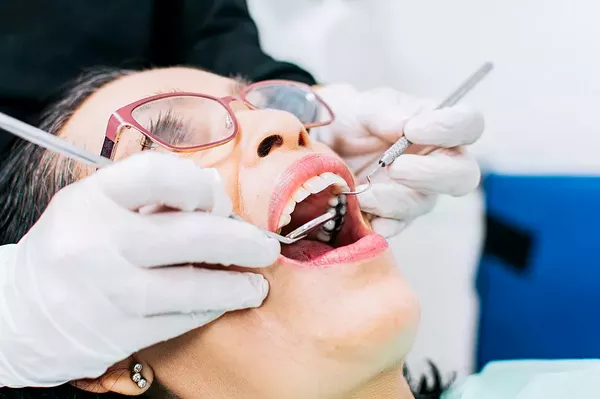Gingivitis, an early stage of gum disease, is a common oral health concern affecting millions of individuals. While it is reversible with prompt intervention, knowing how to fix gingivitis is crucial for maintaining optimal gum health. This article provides a comprehensive guide on effective strategies to address and overcome gingivitis.
1. Recognizing the Signs of Gingivitis
The first step in addressing gingivitis is recognizing its signs. Common symptoms include red, swollen gums, bleeding during brushing or flossing, and persistent bad breath. If you notice these signs, seeking prompt dental attention is essential to prevent the progression of gingivitis into more severe forms of gum disease.
2. Adopting a Rigorous Oral Hygiene Routine
A fundamental aspect of gingivitis management is a rigorous oral hygiene routine. This includes brushing teeth at least twice a day with a fluoride toothpaste and a soft-bristled brush. Paying meticulous attention to gumlines and ensuring thorough cleaning of all tooth surfaces helps remove plaque, the primary culprit behind gingivitis.
3. Incorporating Proper Flossing Techniques
While brushing is crucial, flossing plays an equally vital role in gingivitis prevention and management. Flossing helps remove plaque and debris from between teeth and along the gumline, areas where a toothbrush may not reach effectively. Floss gently to avoid causing additional irritation to inflamed gums.
4. Using Antiseptic Mouthwash
Antiseptic or antibacterial mouthwashes can complement brushing and flossing by reducing the bacteria that contribute to gingivitis. Opt for a mouthwash with the American Dental Association (ADA) seal of approval, ensuring its effectiveness and safety for daily use.
5. Seeking Professional Dental Cleanings
Regular dental check-ups and cleanings are essential for gingivitis management. Professional cleanings remove hardened plaque, known as tartar or calculus, which cannot be eliminated through regular brushing and flossing alone. Dentists can also provide personalized guidance on optimal oral hygiene practices.
6. Addressing Underlying Health Conditions
Certain health conditions, such as diabetes, can contribute to gum disease. Managing these conditions effectively can support gingivitis resolution. It’s crucial to communicate any relevant health information to your dentist, allowing for a comprehensive approach to gingivitis management.
7. Quitting Smoking and Limiting Alcohol Consumption
Smoking is a significant risk factor for gum disease, including gingivitis. Quitting smoking can significantly contribute to gum health. Additionally, limiting alcohol consumption is advisable, as excessive alcohol intake can weaken the immune system, making it more challenging for the body to combat gum infections.
8. Embracing a Balanced Diet
A balanced diet rich in vitamins and minerals supports overall health, including gum health. Adequate intake of vitamin C, for example, is associated with gum tissue health. Consider incorporating fruits, vegetables, and foods high in essential nutrients into your diet to support gingivitis management.
9. Stress Management Strategies
Stress can impact immune function, making individuals more susceptible to gum infections. Implementing stress management strategies, such as regular exercise, mindfulness practices, and adequate sleep, can contribute to overall well-being and support gum health.
Conclusion: Nurturing Gum Health for a Brighter Smile
In conclusion, addressing gingivitis involves a multifaceted approach that combines diligent oral hygiene practices, professional dental care, lifestyle adjustments, and a focus on overall health. Recognizing the signs early and taking proactive steps can prevent the progression of gingivitis and maintain optimal gum health. With consistent efforts and collaboration with dental professionals, individuals can navigate the path to resolving gingivitis, nurturing their gums for a brighter, healthier smile.
The best way to cure gingivitis





























